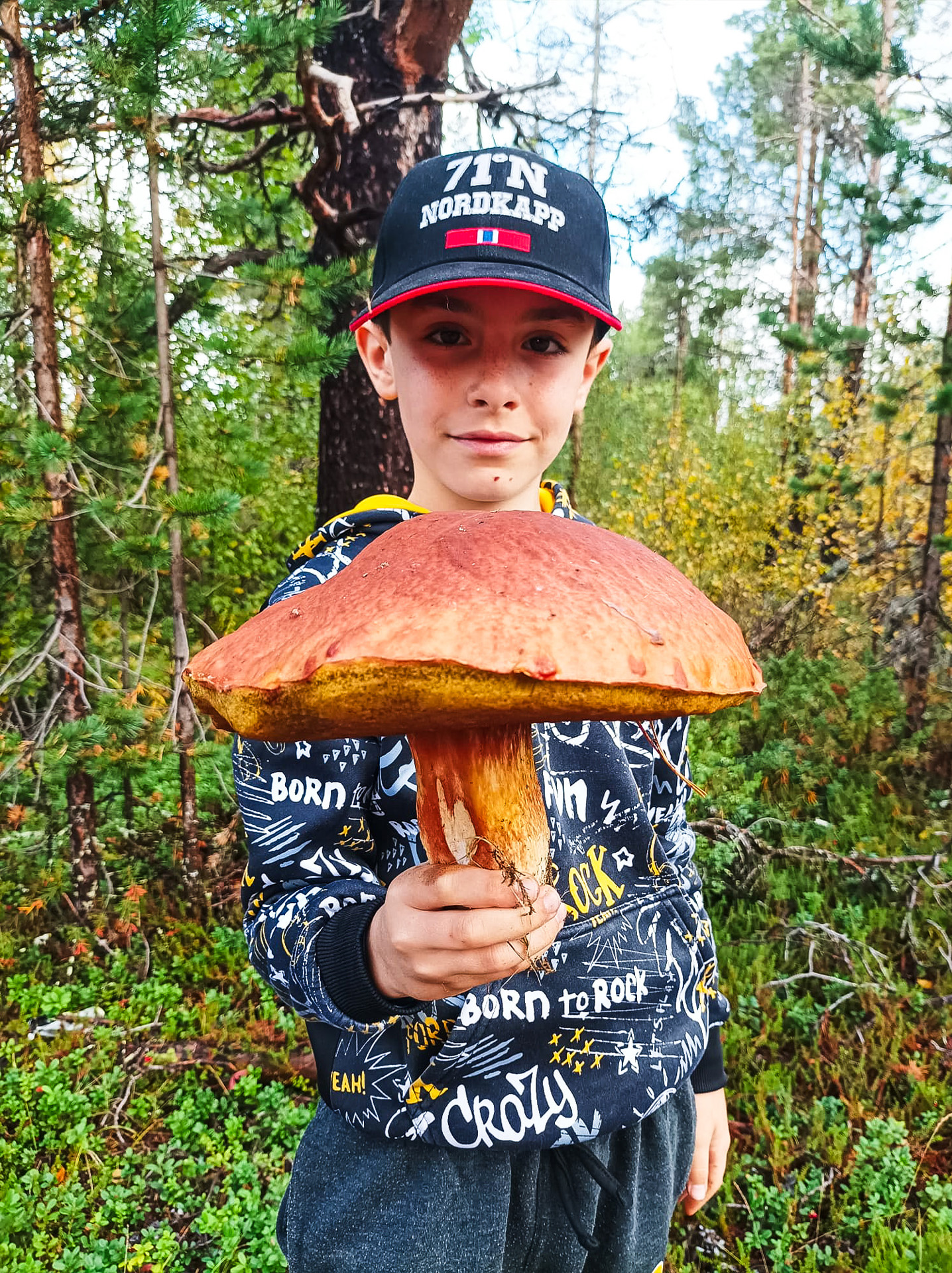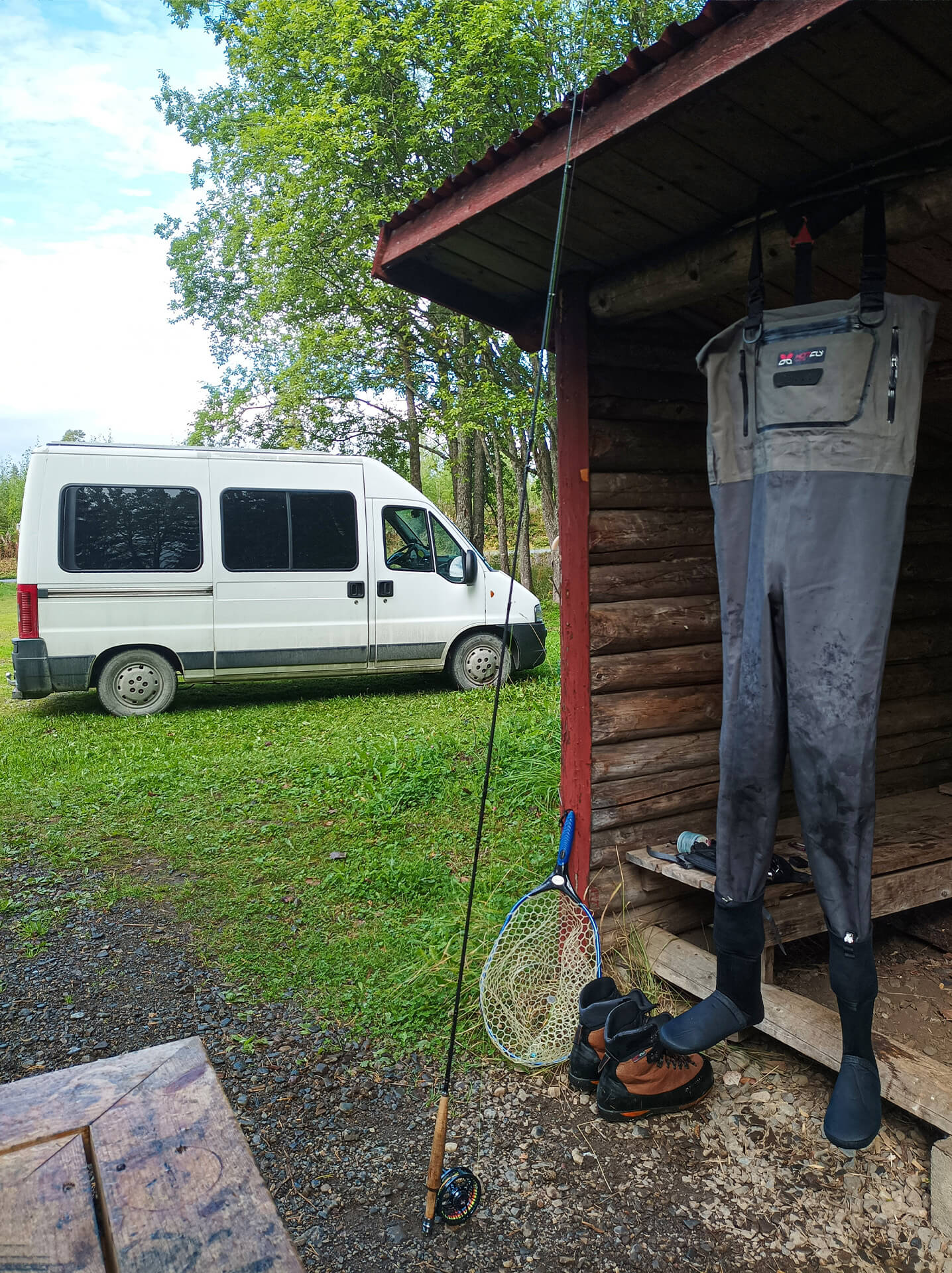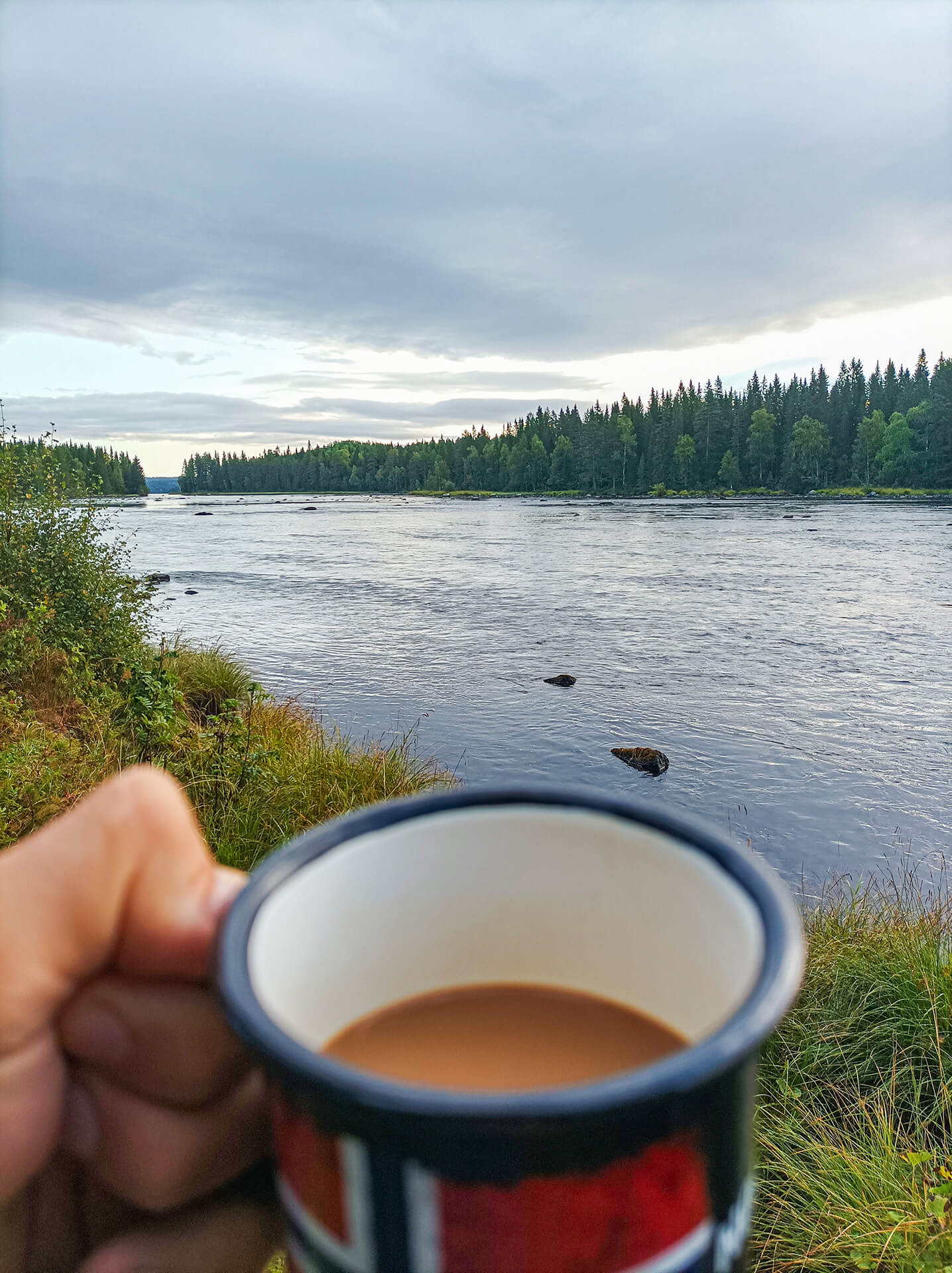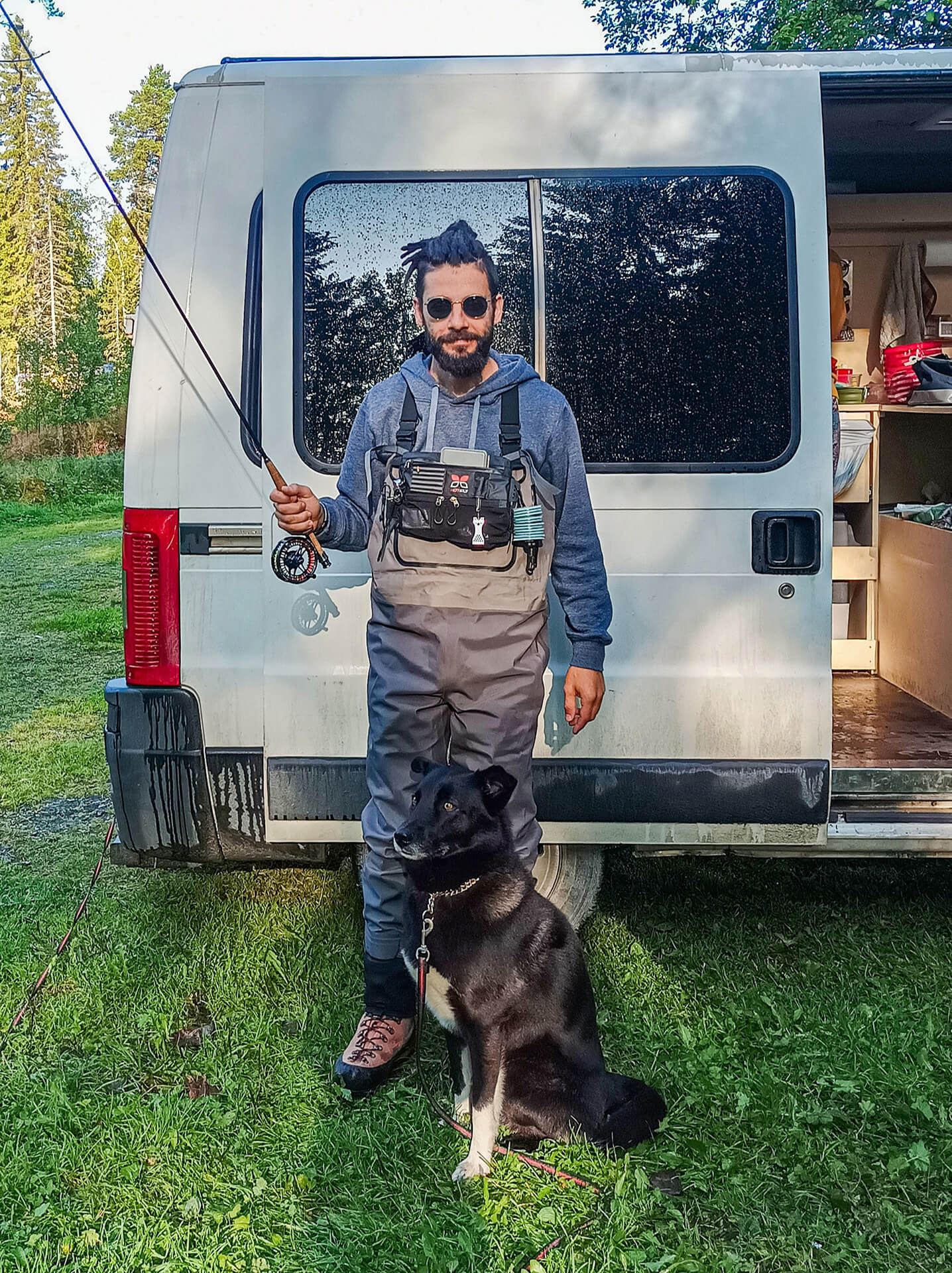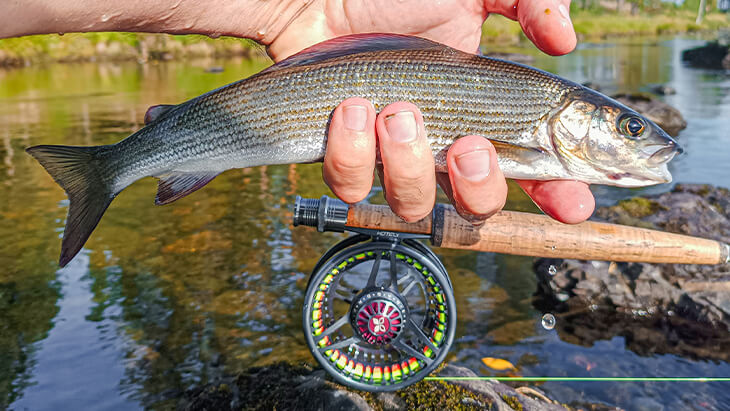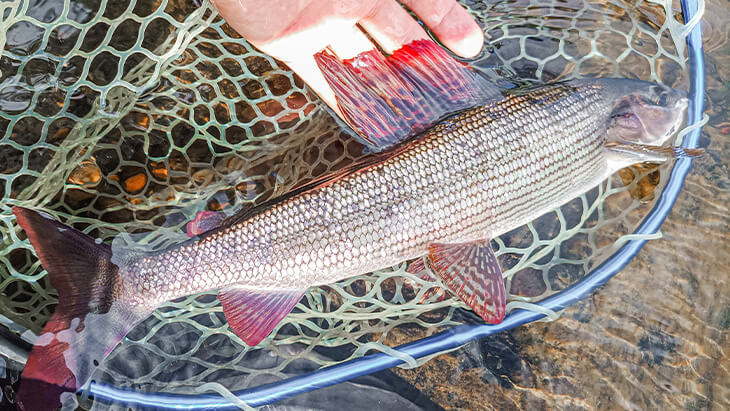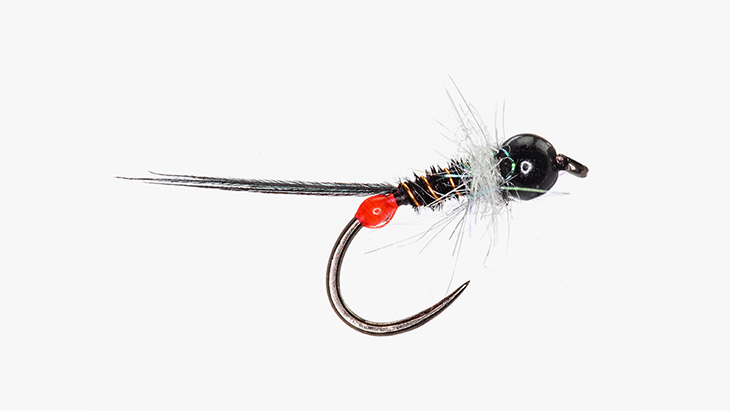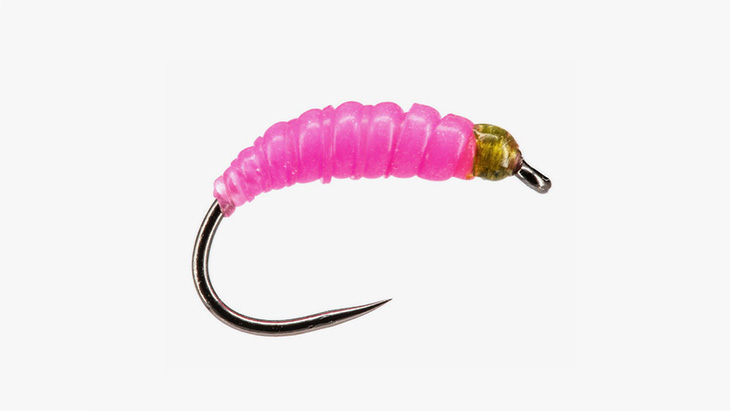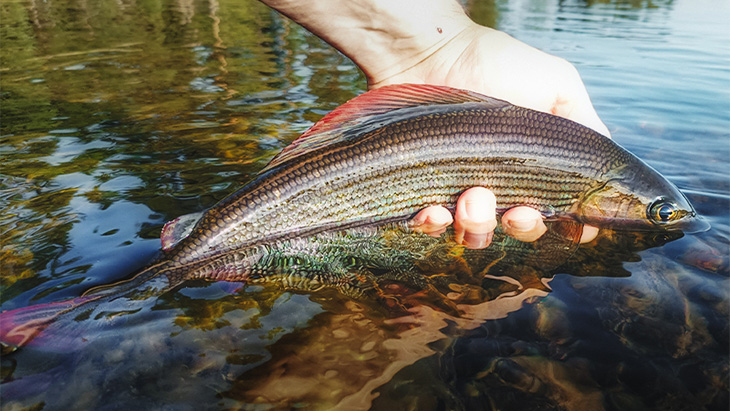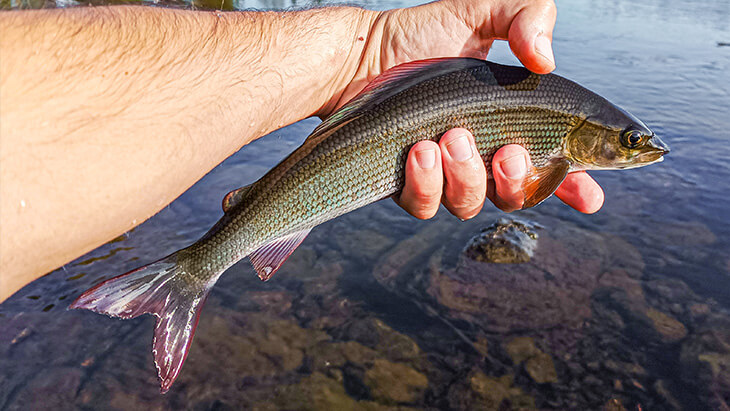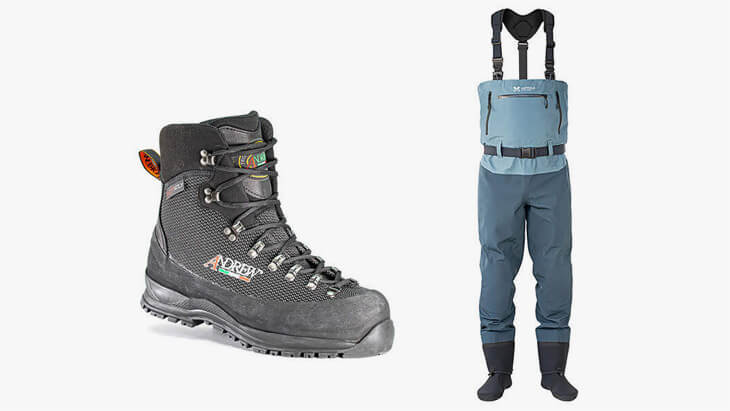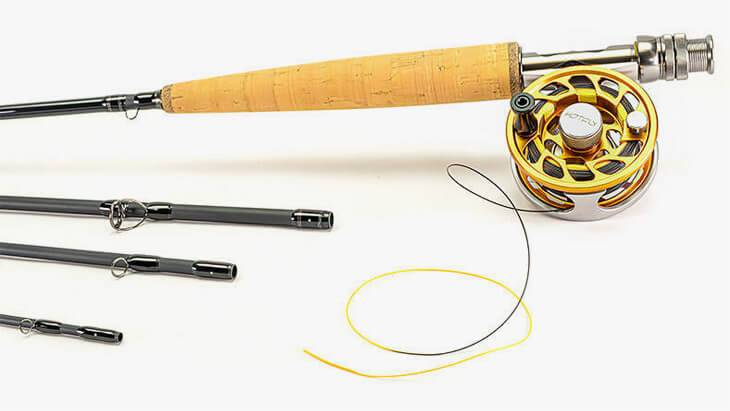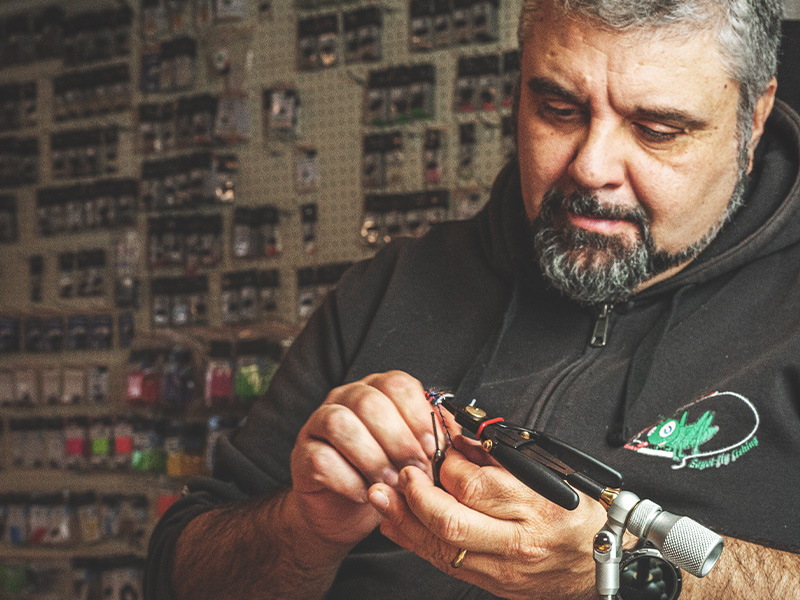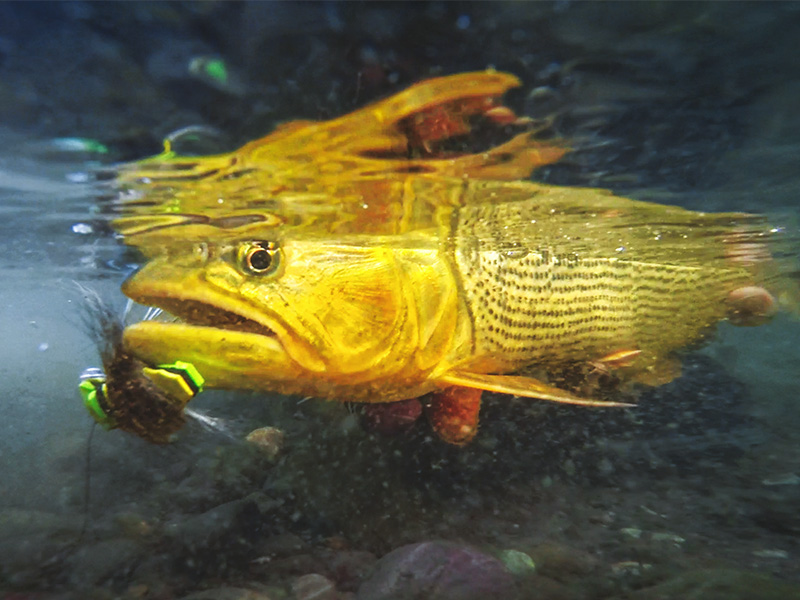THE GREAT NORTH
SCANDINAVIA - A LAND SUSPENDED BETWEEN REALITY AND FANTASY
On a recent holiday trip that saw me, and my family reach the North Cape, we travelled through Norway and Sweden. Way going up, we realised the extraordinary relationship that the Scandinavian region has with water. Spectacular sea coasts, lakes and rivers follow each other, silently wmbedded between mountains and forests, creating landscapes that even after seeing them with your own eyes you can hardly believe they are real.
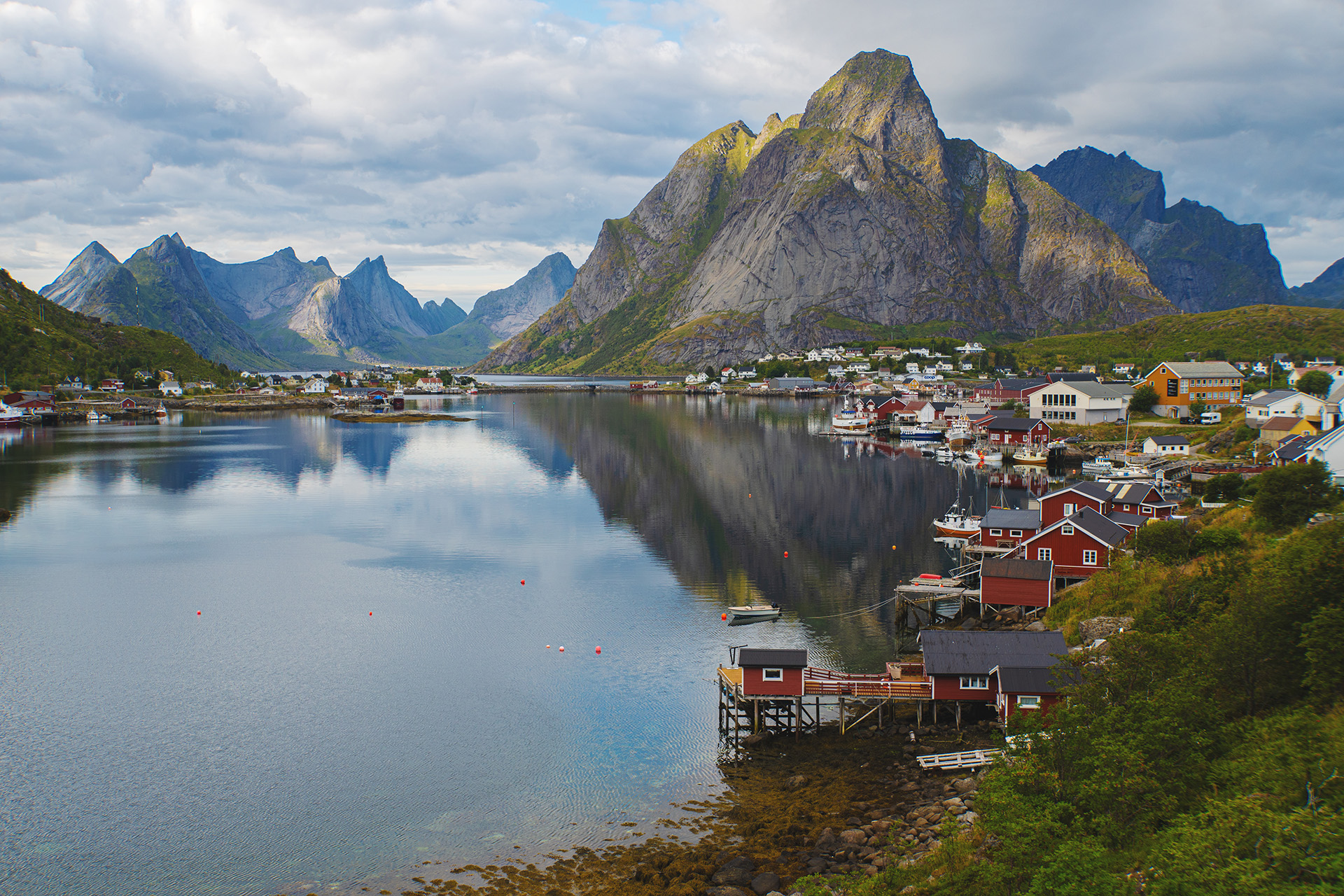
Pike, trout, salmon, grayling and many other fish have made these wild waters their home and for an avid angler this can only be paradise. The great north is definitely one of those dreams that a fishing enthusiast should put on its to do list once in a lifetime. This way, I certainly could not return home without wetting my flies in these spectacular waters, and so I decided to try my luck at catching some grayling on Swedish ground.
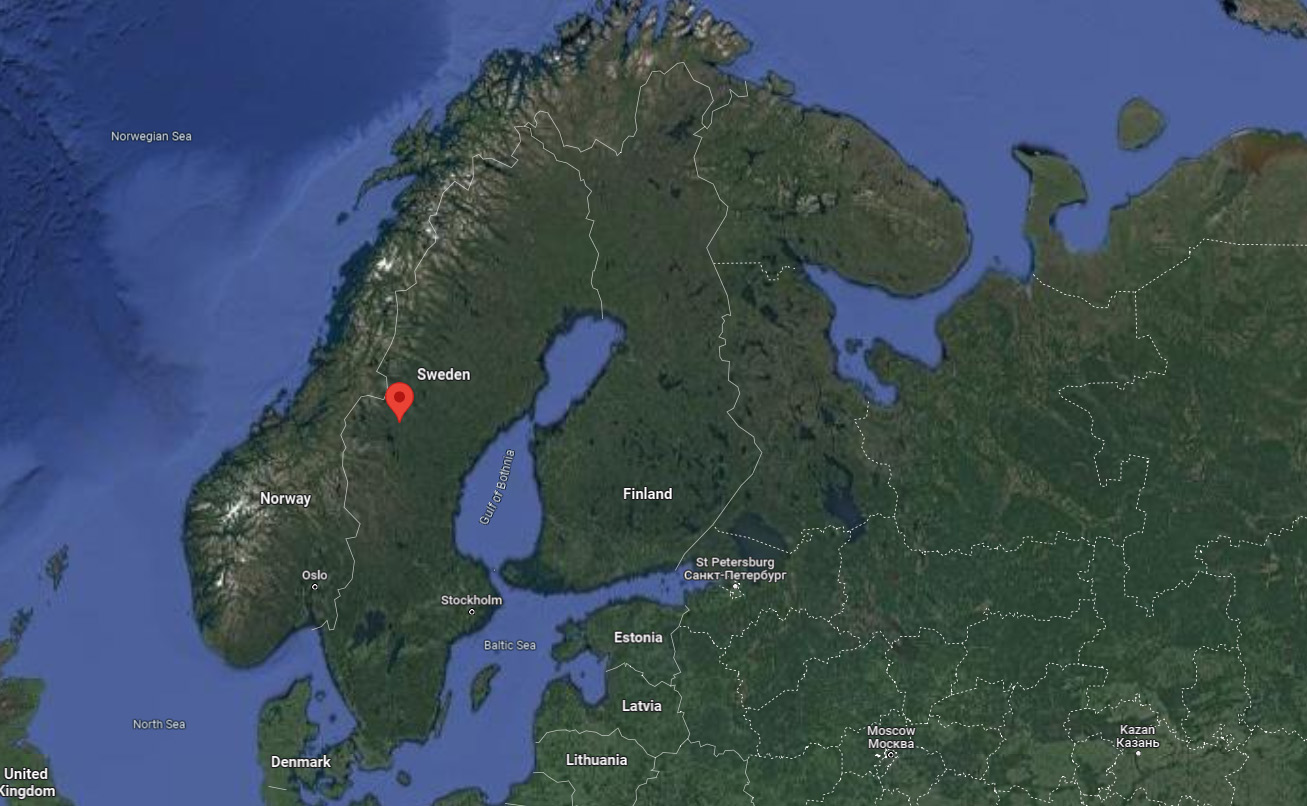
THE RIGHT OF PUBLIC ACCESS
Do not disturb and do not destroy. In Sweden these are the two cardinal principles that form the foundation of the Right of Public Access.
"Our territory is open to everyone as long as you show consideration for people, wilderness and the countryside."
This grants everyone great freedoms to fully experience the wonderful nature that adorns this nation, allowing almost unlimited access to forests, lakes and rivers, and allowing everyone to enjoy the fruits of the forest, leaving maximum liberty when it comes to picking mushrooms, berries and unprotected flowers. Not only that, by observing a few simple rules, it is possible to camp freely almost anywhere and as long as there is a non-private road, it can be accessed by any motor vehicle, such as a camper van. And it was precisely a small camper van that took me to the banks of the Hårkan, hunting for Swedish grayling.
WE REACH THE SPOT
I arrived on the Hårkan river towards late afternoon. It had been raining all day and to reach the desired spot I had to drive along a forest road that to call it full of potholes would be an understatement. The weather forecast said that the next morning would be fine weather, with deterioration in the afternoon.
Hoping to get in at least half a day's fishing, I park the camper not far from the river and while I wait for dinner to be ready, I finish setting up my fishing gear.
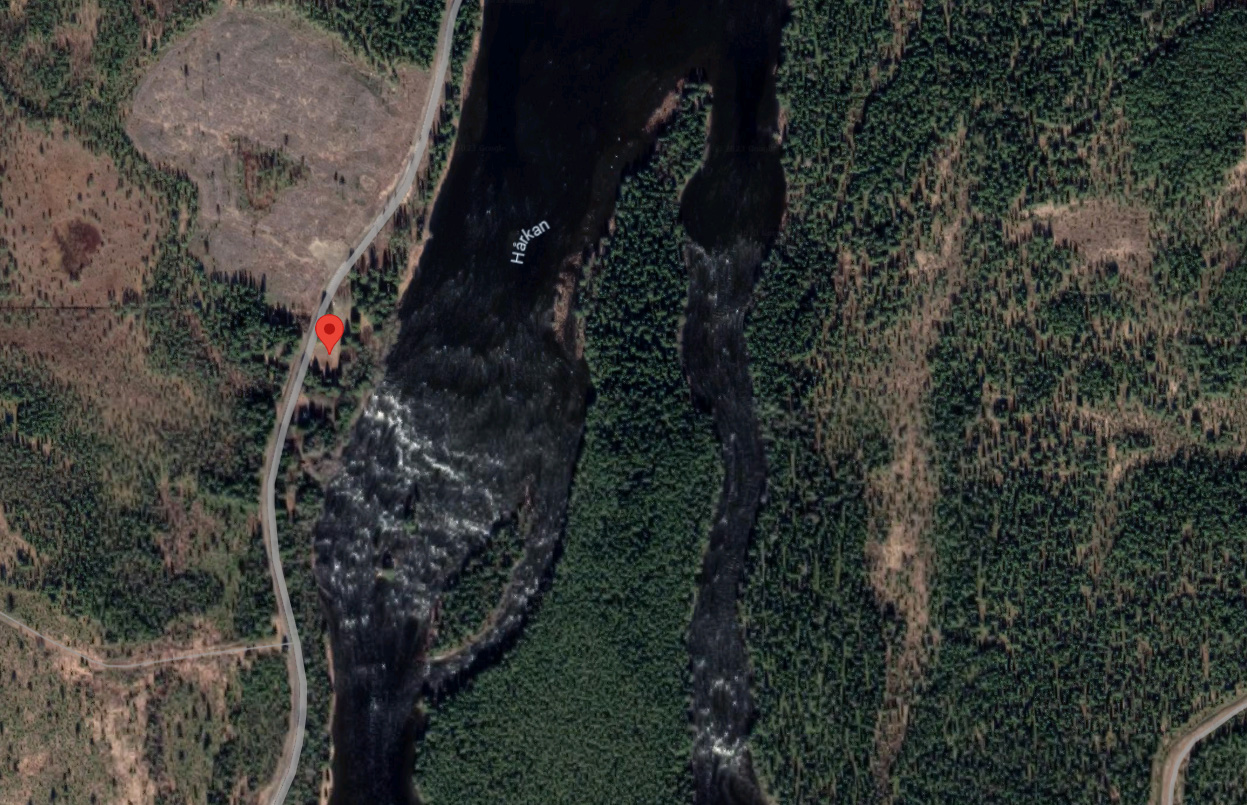
We spend a really quiet night and the sound of rain falling on the roof of the van accompanies us until we wake up.
At 07:30 in the morning the weather changes with impressive rapidity from cloudy with rain to almost completely clear.
In high spirits I make myself a coffee and go down to the river to see what the water conditions were like, they were perfect. At that point all I had to do was put on my waders and try to see if I would be able to catch at least a few grayling.
FISHING LICENCES, ANOTHER WORLD
Although, as mentioned earlier, Sweden allows everyone complete freedom to experience the nature of its territory, fishing is not covered by the Right of Public Access and as far as inland waters are concerned, you need to have a regular fishing licence. The only inland waters where you do not need a fishing permit are the five largest lakes in Sweden, namely: Vänern, Vättern, Hjälmaren, Mälaren and Storsjön. Fishing in the sea and along the coasts is also free.
In order to fish I needed a licence and in this respect Sweden is light years ahead of other countries.
All I had to do was download the iFiske app on my smartphone, available for both Android and IOS in their respective stores and do everything online just in seconds.
Inside the app are listed all the inland waters of Sweden, you just select the stretch of river you want to fish in and you are automatically shown the rules and any eventual bans. Once you have ascertained that it is possible to fish in that stretch of river with your preferred technique, you simply make the payment via Pay Pal and in less than 5 seconds you receive an email with your licence.
For the whole day's fishing I paid 8 euros and the time it took me to make the permit was no more than 45 seconds - another world!
This is the licence I received by email within seconds of buying it and which I would have to show at a possible check (some of my personal details I have blacked out).
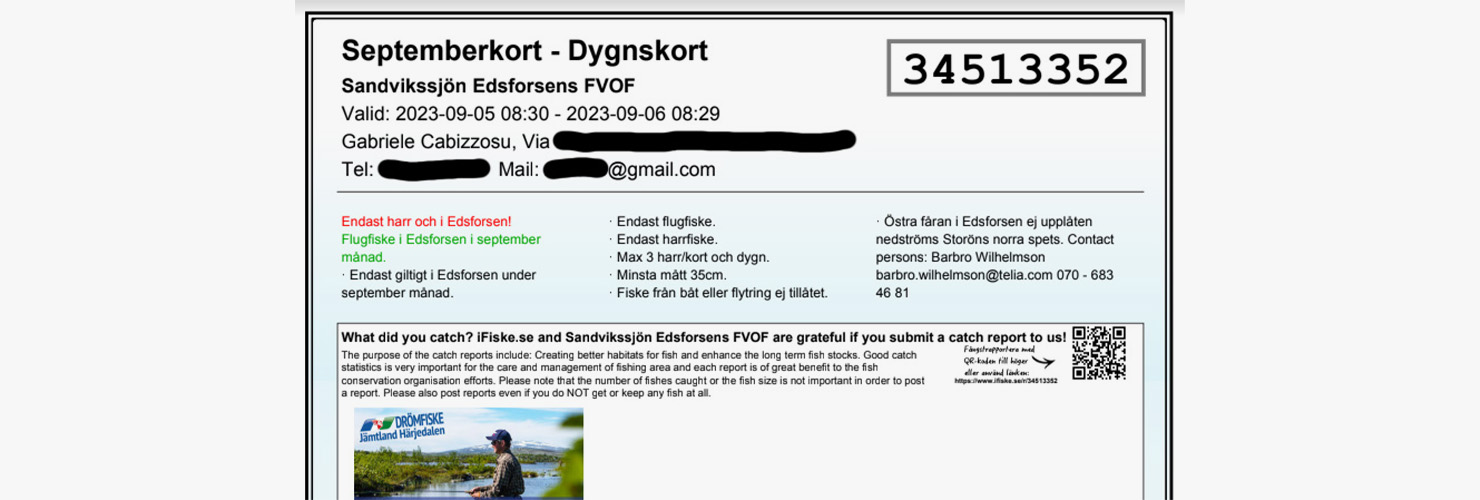
FINALLY WE GO FISHING
Licence done then, all I have to do is get into the river and see what happens.
Once in the water I realise for the first time how big this river is. Nothing that the torrents at my home had ever accustomed me to. I choose to start off with modern nymph fishing given the total absence of fish activity on the surface, and I must admit that I spend the first hour really disoriented and with zero fish to land. There are very few reference points and I have the distinct feeling that I am moving at random.
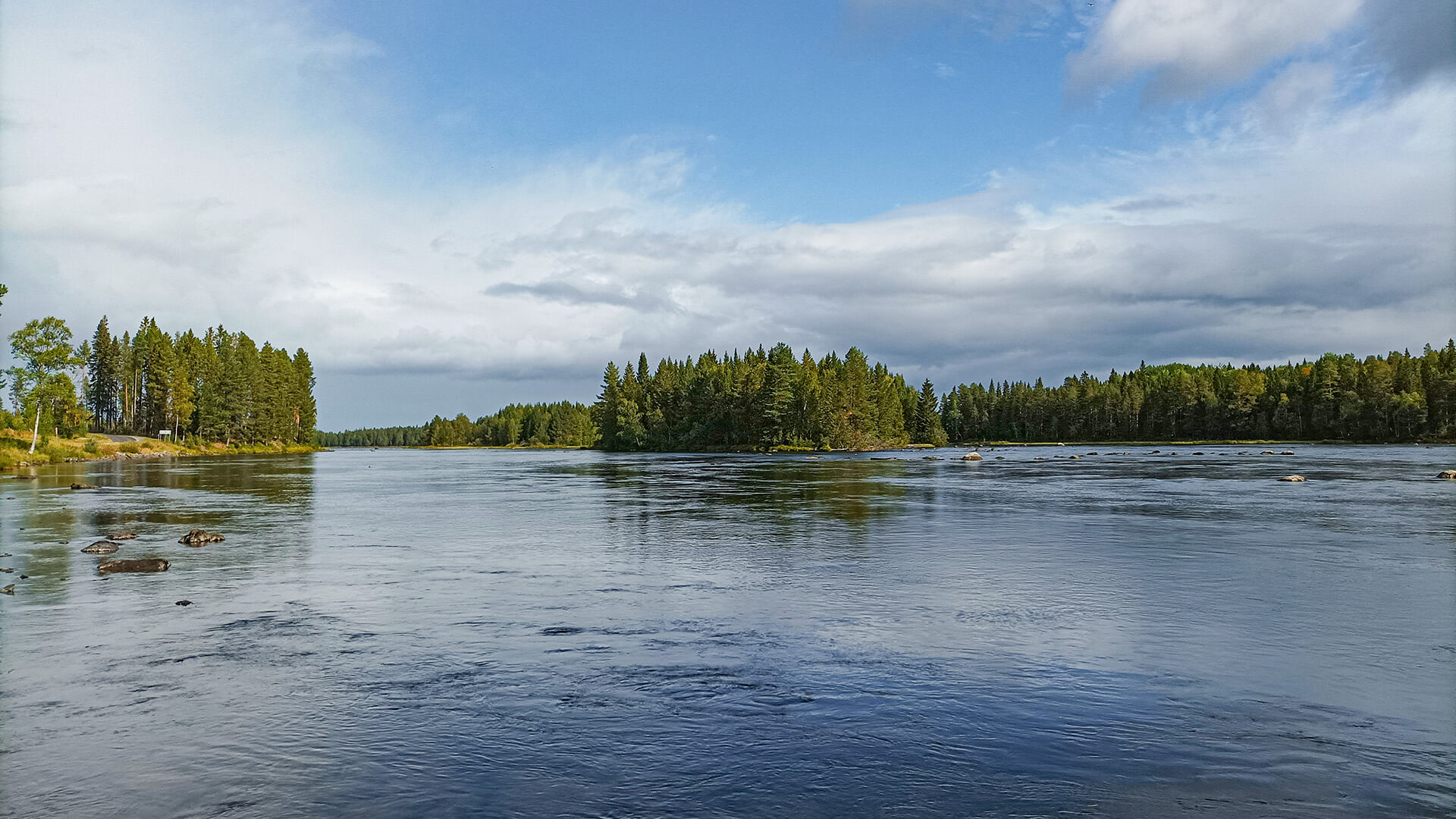
After about 100 metres without any results, I find myself in front of a virtually perfect spot, one of those that when you see it you know for sure that it hides more than a few good fish inside.
In that stretch, the river bed created a remarkable drop, forming a deep run of water about 10 metres long.
As soon as I saw it, I immediately thought that if I couldn't catch a single fish in this spot, I wouldn't catch it anywhere else.
After this injection of confidence and hope, I try to adjust my rig to have an optimal fishing set up for that spot. In view of the considerable depth, I decide to slighty lengthen the tippet and do a few tests to see which is the right weight combination to allow my nymphs to gently drift just over the river bottom. Just a few casts and.... strike, first grayling!
From there on, I must admit that the fishing turned out really great. That run of water only ten metres long started to give me one grayling after another, it seemed as if they would never end. The size was between 30 and 40 cm, nothing huge then, but the fun was guaranteed. At one point, during the peak of activity, I could even hook and land two grayling at the same time.
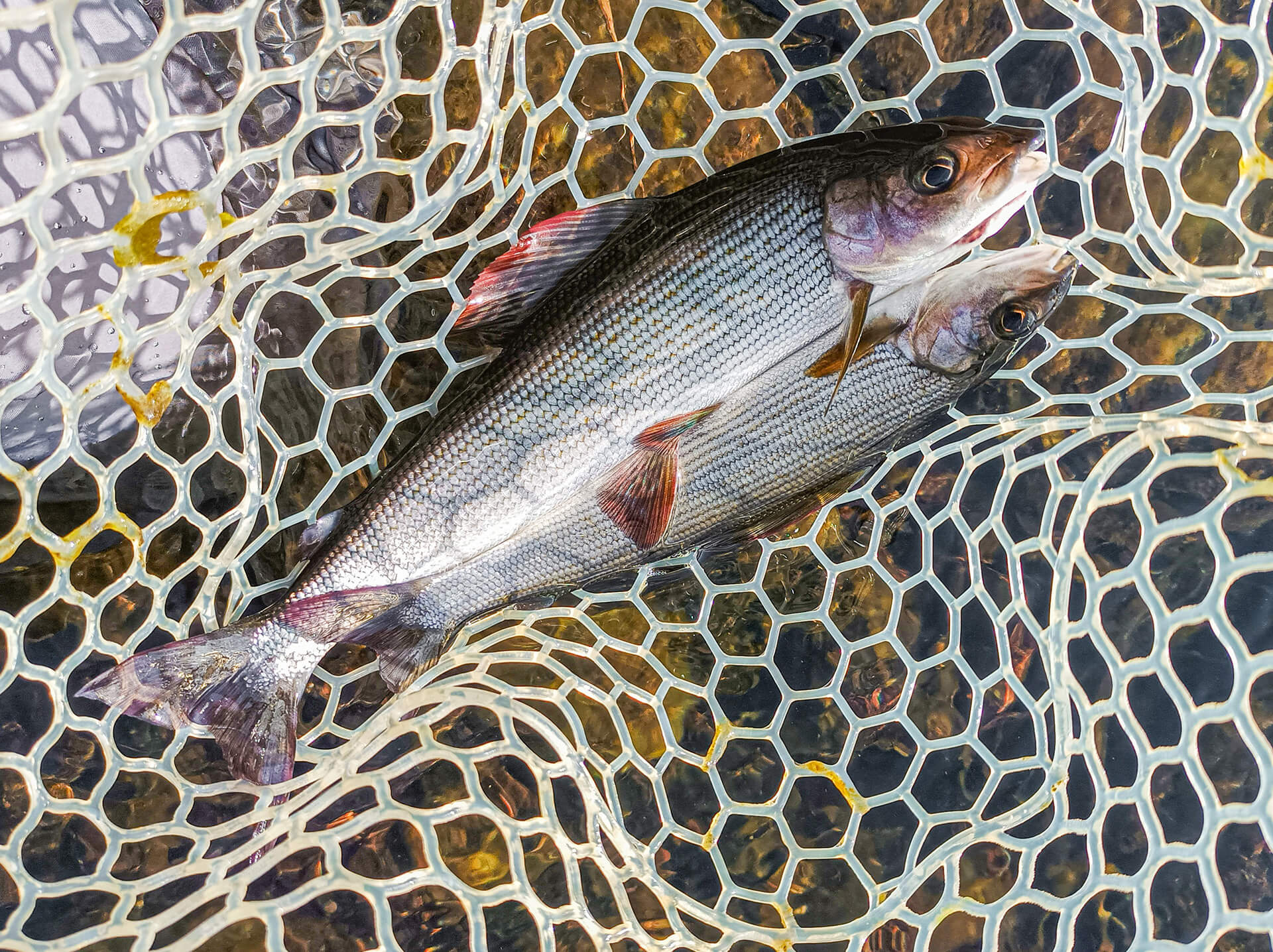
After almost three hours of very enjoyable fishing, I notice that the river starts to carry some leaves and twigs on the surface. I know that I am quite close below a dam and that is generally a very clear sign that the water levels are rising. I am only a few metres from the shore and out of the corner of my eye I always check that the levels are not rising too high, preventing me from getting safely out of the water. This does not happen, but as the water rises, even the few landmarks that were there before have completely disappeared. Little bad, as the weather was also getting worse and in a few minutes it was going to start raining. The morning's fishing had been more than satisfactory, and I could safely put the equipment away satisfied.
THE BEST NYMPHS
I have to be honest, it would be really presumptuous of me to recommend the best nymphs based on my little experience in this river. But I can show you the ones that I have used and that have brought me results, they could be good dressings to start with if you want to fish these waters, with the knowledge that you might have to change everything afterwards.
As I always do, I put a brightly coloured fly on the sidearm and a more natural-coloured pattern on the tip, so that the one on the sidearm acts as a visual attractor and can increase the takes on the tip fly.
I therefore initially put a black-white Pheasant Tail with a red spot on the tip and a neon pink pupa on the sidearm. In our online shop you can find a large selection of tungsten nymphs.
Throughout the fishing trip I never strayed from these dressings, I replaced many flies to change weight or because I was getting stuck on the bottom, but basically, even if I changed colours, I stuck to these two patterns and I must say that it worked great.
EQUIPMENT AND TECHNIQUE
As mentioned earlier, there was no activity on the surface, and I chose the modern nymph fishing technique.
This choice proved to be successful because the fish were really planted on the bottom.
In my case I was using a 10' #2/3 rod with a Euro Fly Pro reel loaded directly with 0.35 fluorescent yellow line.
In my opinion, another optimal setting would have been to use a 9' #5 rod and fish with classic nymph fishing, so as to be ready for dry fly fishing when the fish would start rising.
I should point out that when I fished in the Hårkan the levels were very low. With medium to high levels, given the size of the river, a rod of at least 11' for modern nymph fishing is certainly helpful.
Needless to say, a wading pole and reliable wading equipment are essential for a successful fishing session.
THANKS
For the success of this fishing session, I must necessarily thank Andrea Crobu, who directed me to the right person to ask for information, but above all I must thank Kim Boeche.
Kim is a fishing guide from the A.I.GU.P.P. association, a kind, helpful and knowledgeable person who gave me the right information on how to get around, even showing me the best spot to go fishing, and I must say that given the results she knew her stuff.
If you want to go hunting for grayling, trout or Swedish pike, Kim is definitely the right person to trust! You can find all his contact details directly on the A.I.GU.P.P. website.


